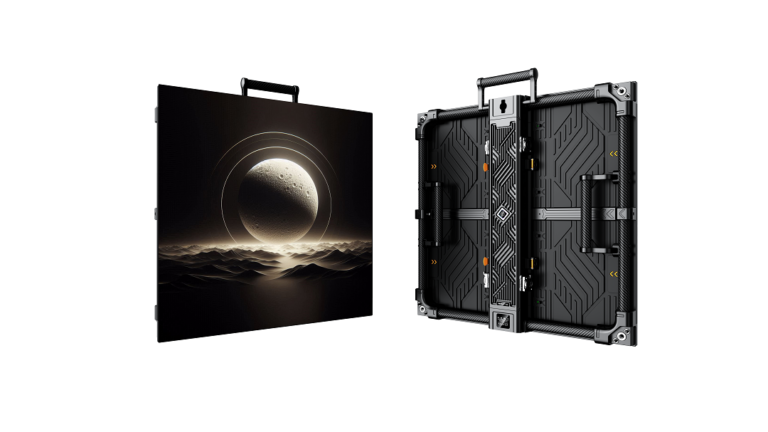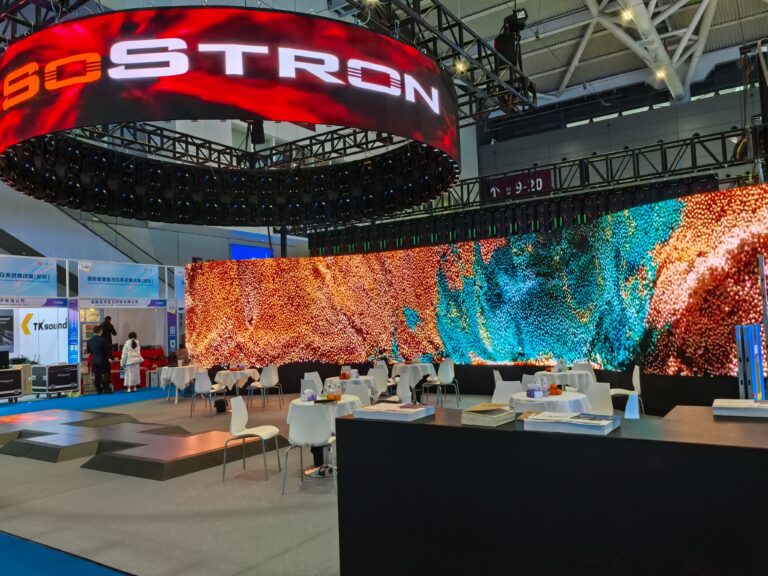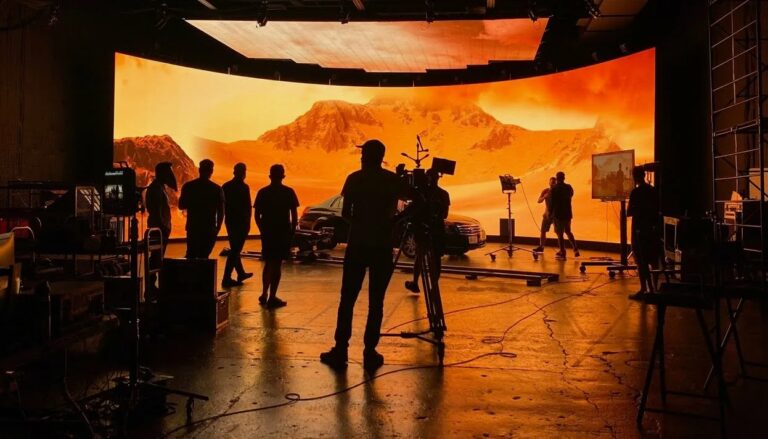Catalogue
Steps to customize LED billboards
What do you need to consider when customizing LED billboards
How is the LED electronic billboard programmed?
Steps to customize LED billboards:
Customer demand analysis: Communicate with customers to understand the specific needs and expected effects of their billboards. This includes the size, shape, brightness requirements, installation environment, content display and so on.
Design scheme development: According to customer needs and actual situation, develop the design scheme of LED billboard. This includes determining the size and pixel density of the LED module, selecting the appropriate display technology (such as SMD, DIP), and considering the appropriate control system and power system.
Technical parameters confirmation: According to the design scheme, determine the specific technical parameters of the LED billboard, including pixel spacing, brightness, contrast, viewing Angle, etc. These parameters will affect the display effect and visibility of the billboard.
Manufacturing and assembly: According to the design scheme and technical parameters, the manufacture and assembly of LED billboards began. This includes making LED modules, assembling display frames, connecting control systems and power systems.
Content production and testing: After the LED billboard is assembled, content production and testing are carried out. This includes creating AD content, testing display effects, adjusting brightness and color balance, and more.
Installation and commissioning: The LED billboard is installed to the designated position for on-site commissioning and installation. Ensure the stability, visibility and function of the billboard.
After-sales service: Provide after-sales service and technical support, including maintenance, troubleshooting and updating content.
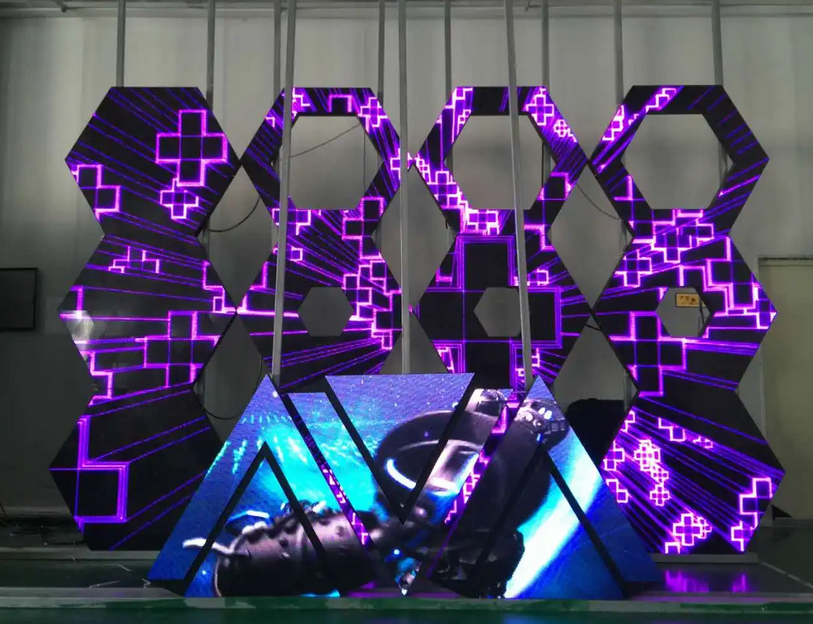
When customizing LED billboards, the following factors also need to be considered:
Installation environment: Consider the installation environment of the billboard, including indoor or outdoor, fixed installation or movable installation. Different installation environments will have different requirements for the protection, waterproof and dustproof of billboards.
Display effect: According to the requirements of advertising content and display effect, choose the appropriate brightness, contrast and color reproduction ability. This helps to ensure the visibility and attractiveness of the billboard in different lighting conditions.
Energy saving performance: Consider the energy consumption and energy saving performance of LED billboards. Choose efficient LED light sources and power systems to reduce energy consumption and reduce operating costs.
Regulatory compliance: Ensure that customized LED billboards comply with local regulations and safety standards, such as lightning protection, fire protection, electrical safety, etc.
How is the LED electronic billboard programmed?
Programming electrical LED subbillboards involves the following main steps and techniques:
Content production: First, you need to create the content that the billboard wants to display. This may include images, text, animations, videos, etc. You can use professional design software such as Adobe Photoshop, Illustrator, After Effects to create and edit content.
Content import: Import the created content into the billboard control system. This can be done by transferring the content to the computer where the control system is located, or by transferring the content to the billboard via a network connection.
Control system Settings: Use the billboard control software or user interface to set the control system. This includes setting the billboard’s resolution, brightness, contrast and other parameters, as well as determining how the content will be displayed (e.g. loop playback, timed playback).
Content scheduling: Set the scheduling plan of billboard content according to the demand. This involves determining the order in which the content is played, the time period, the duration, and so on. Some billboard control systems provide flexible scheduling functions that can automatically switch content according to different needs.
Linkage control: If necessary, link the billboard with other devices or sensors. For example, billboards can be set to trigger specific content under certain conditions, or to change the display of content based on interactive feedback from viewers.
Remote management: Modern billboard control systems usually support remote management functions, allowing you to remotely manage and monitor billboards over the network. This includes updating content remotely, adjusting parameters, checking status, and reporting.
Troubleshooting and maintenance: Regular troubleshooting and maintenance to ensure the normal operation of the billboard. This includes checking hardware connections, updating software, replacing faulty components, and more.
It is important to note that different billboard suppliers may use different control systems and programming methods. Therefore, in practice, you may need to refer to the documentation and guidelines provided by the billboard vendor to understand their specific programming methods and tools.
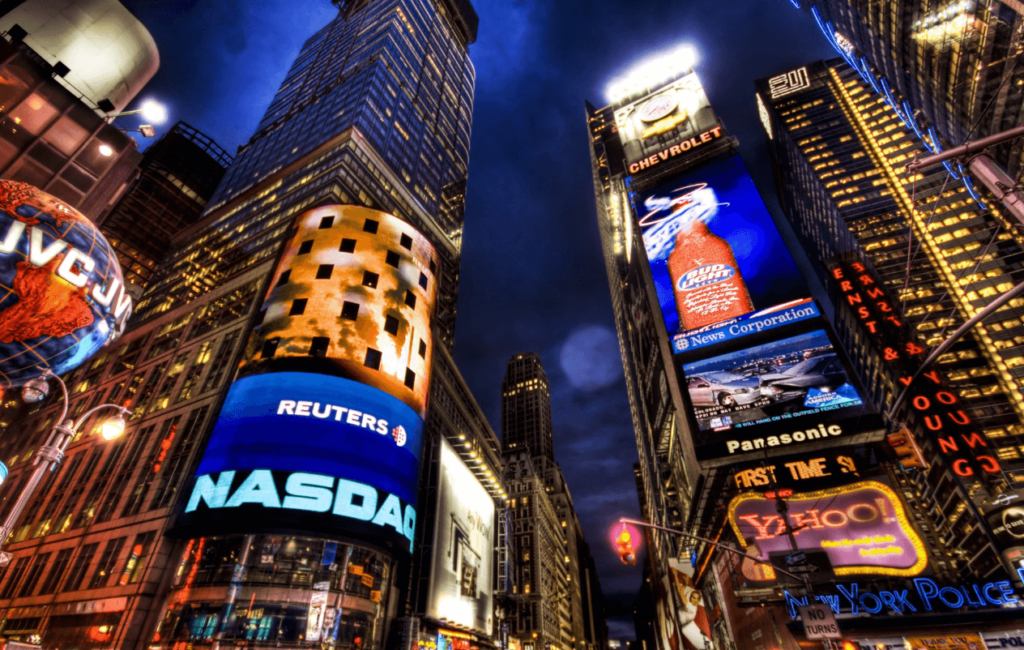
How can I make my LED billboard more interesting?
To make LED billboards more interesting and attractive, you can consider the following aspects:
Creative Content Design: Designing compelling creative content is key to engaging audiences. Consider using moving images, videos, animations, special effects, and more to draw the eye. Pay attention to the clarity of the content, color matching, and font selection to ensure that the content is easy to read and understand.
Interactivity: Adding interactivity to LED billboards can increase audience engagement. Consider adding touch screens, sensors, or other interactive devices that allow viewers to interact with billboards, play games, or get more information.
Multimedia fusion: The integration of different types of media into LED billboards, such as audio, video, real-time data, etc. Provide a richer viewing experience with music, sound effects and real-time information updates.
Special effects and techniques: Consider using special effects and techniques to enhance the appeal of LED billboards. For example, 3D projection mapping, holograms, transparent screens and other technologies are used to create visually striking effects. This LED holographic screen is more attractive for people to watch.
Regular updates and customized content: Update advertising content regularly to keep the billboard fresh and attractive. Tailor content to appeal to your target audience for different time periods, events or seasons.
Social Media Integration: Integrate social media elements into LED billboards, such as displaying real-time social media posts, user-generated content, or interactions with viewers. This can increase user engagement and the reach of ads.
Environmental interaction: Depending on the environment in which the billboard is located, consider interacting with the surrounding environment. For example, adjust LED brightness or color according to changes in ambient light to achieve a more dynamic and realistic effect.

